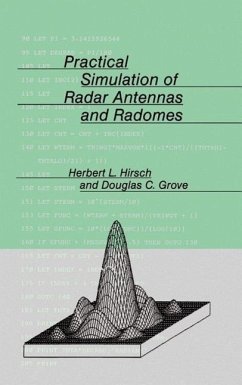
Radar Techniques Using Array Antennas
Versandkostenfrei!
Versandfertig in über 4 Wochen
147,99 €
inkl. MwSt.

PAYBACK Punkte
74 °P sammeln!
This book gives an introduction to the possibilities of radar technology based on active array antennas, giving examples of modern practical systems. There are many valuable lessons presented for designers of future high standard multifunction radar systems for military and civil applications.












